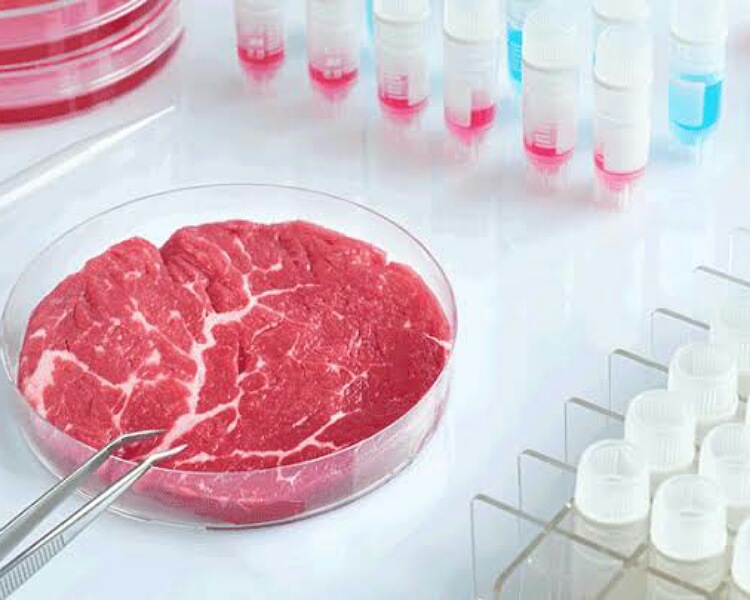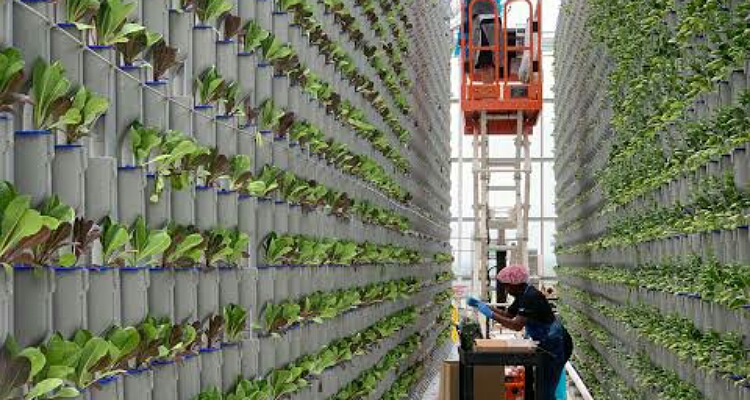The world population is rising steadily. The food is not sufficient and to feed these ever-increasing mouths, more food will have to be synthesized.
Additionally, both agriculture and livestock production leave a detrimental impact on the environment. So how can we meet the food demands of the world without being harsh on the environment? Here are 7 sustainable ways to fulfill this job.
1. Going vegan
Many people are preferring to abandon meat altogether in their diet. This would lessen the impact on the environment of livestock production.
Several restaurants in the USA have stopped serving meat and non veg food items on their menus. Some continue with seafood and plant-based foods but have deleted serving meat and chicken in their restaurants.
2. Lab-grown meat: a sustainable alternative

Scientists have found a method to grow meat in labs from animal cells. Hence in the future, one need not slaughter animals to eat meat. This is a healthier and sustainable way out.
This with plant-based meats would be the future food trend. Singapore is the nation leading in the efforts in this direction. In December 2020, its food agency has approved the commercial sale of lab-grown meat.
Similarly, cultured chicken has also arrived in the market and a few restaurants in the USA and Singapore. There are also lab-grown shrimps, lobsters, and crabs.
3. Eating ‘air’
Yes, that’s right. Attempts are ongoing to create proteins from the air with the help of microbes. Finland-based startup Solar Foods and its website say:
“We feed the microbe like you would feed a plant, but instead of watering and fertilising it, we use mere air and electricity.”
The protein will get marketed in 2023. Probiotic cultures can also help in the fermentation and production of this special protein from the air.
4. Upward and down agriculture: a sustainable practice

Instead of soil, attention is being diverted to using air and water for the growth of plants. Hydroponics and aeroponics deal with this special type of plant growing. It requires no earth and the yield is better even with little space.
Plants grow indoors instead of on the outside. These vertical farms would be a sustainable way to counteract the damage that traditional row farming causes. Several greens and other vegetables are produced in this manner.
There is not only upward planting but at some places downward planting is also done. For example, in London, a World War II air raid shelter located 33 meters below is used for vertical farming.
5. Regreening of deserts-arid to fertile
Planting more trees and preventing deforestation are two ways to increase fertile land for agriculture. The UN has launched the Great Green Wall initiative in Africa for this reason.
6. Different but sustainable methods to making spirits and alcohol
Instead of wheat and barley, peas are used to make spirits. The leftover serves as an animal protein feed. Other better innovative technologies produce spirits and at the same time save the planet.

Also, read Greek yogurt: the misnomer, recipe, nutrients, and health benefits!
7. More info on packages
Countries will enforce that grocery labels should have added info on their environmental impact along with the nutrition details. There would be different color codes for various levels of potential environmental deterioration.
Thus, scientists, environment enthusiasts, and chefs are putting their heads together to find sustainable ways to feed the world.
